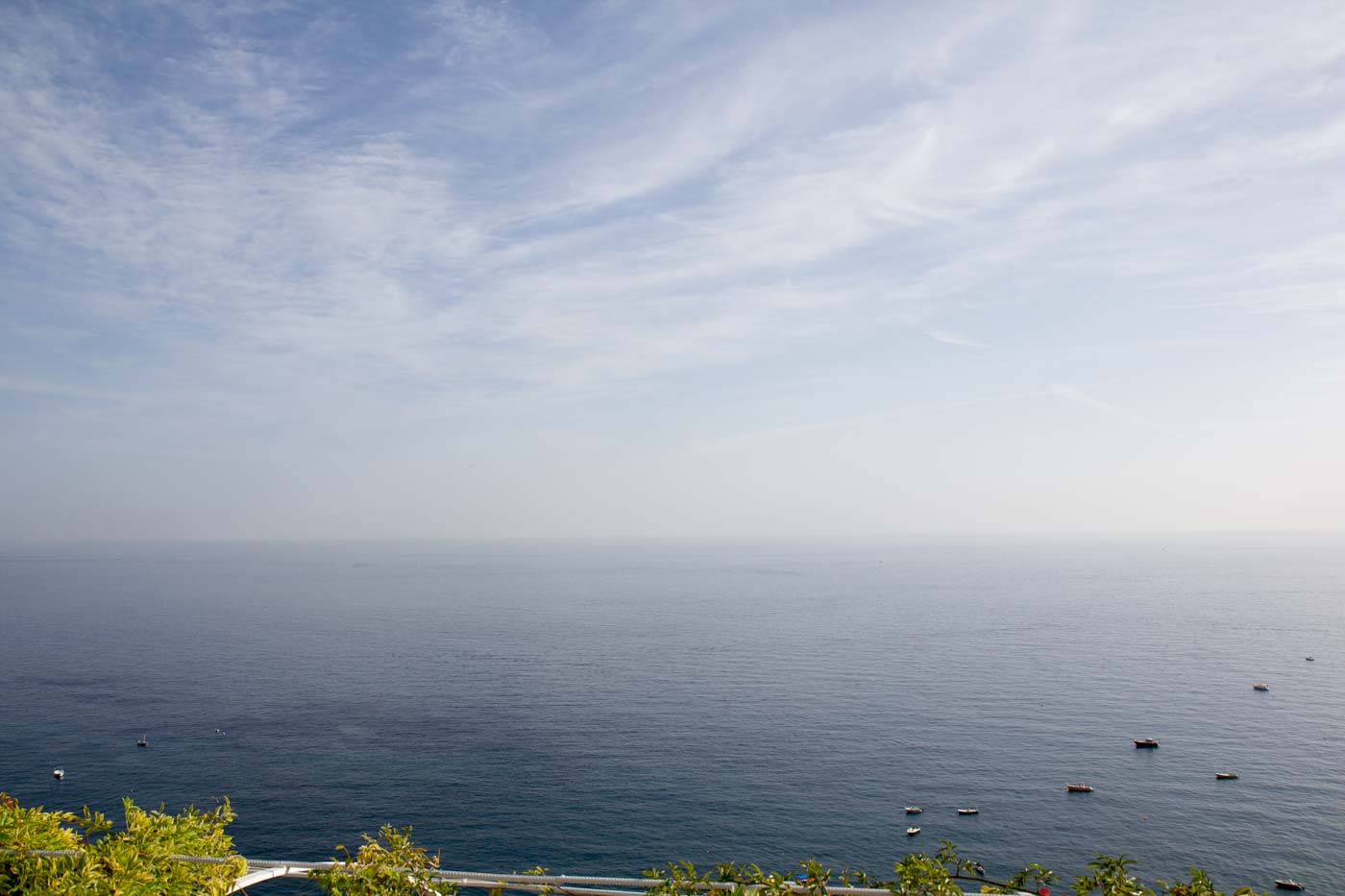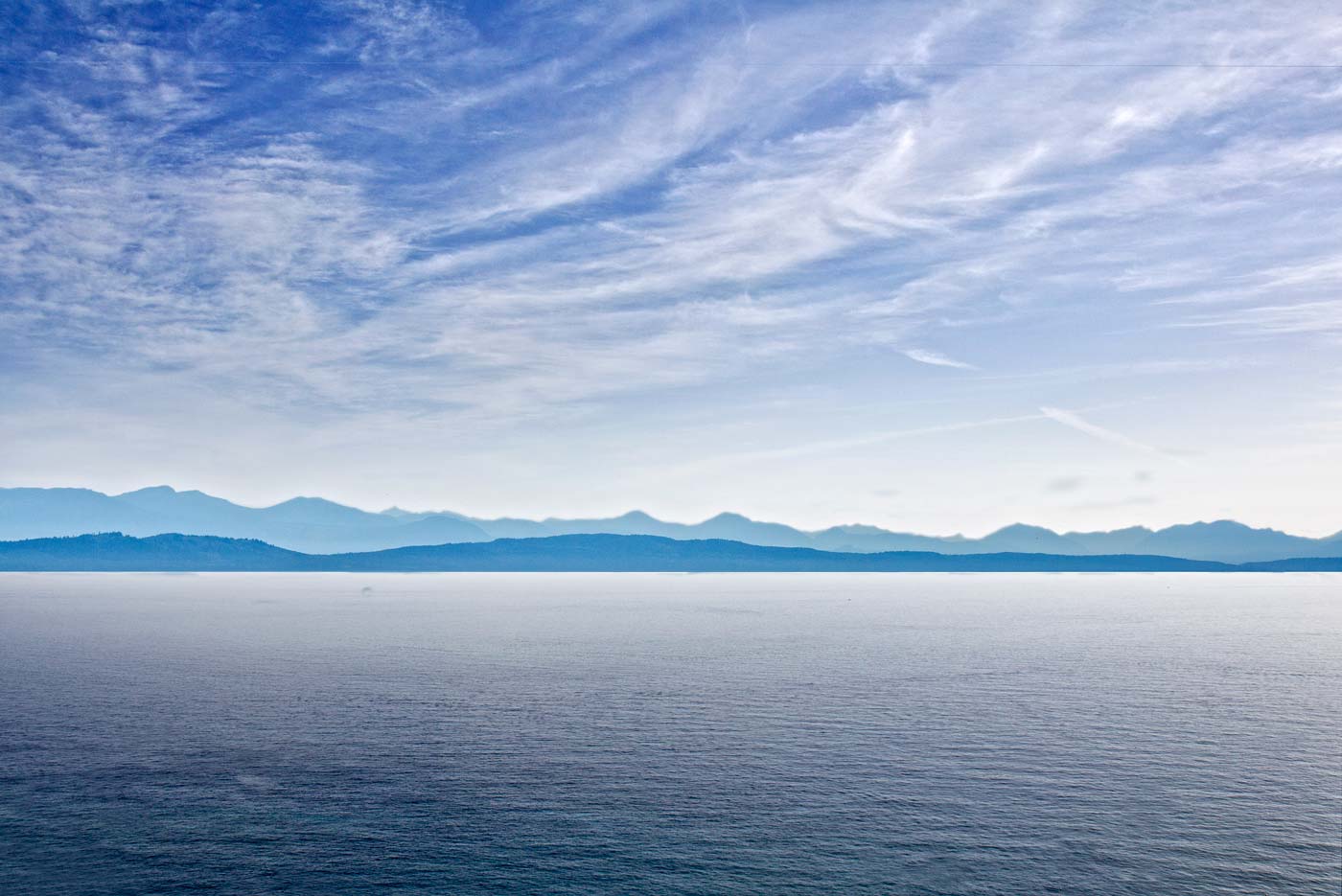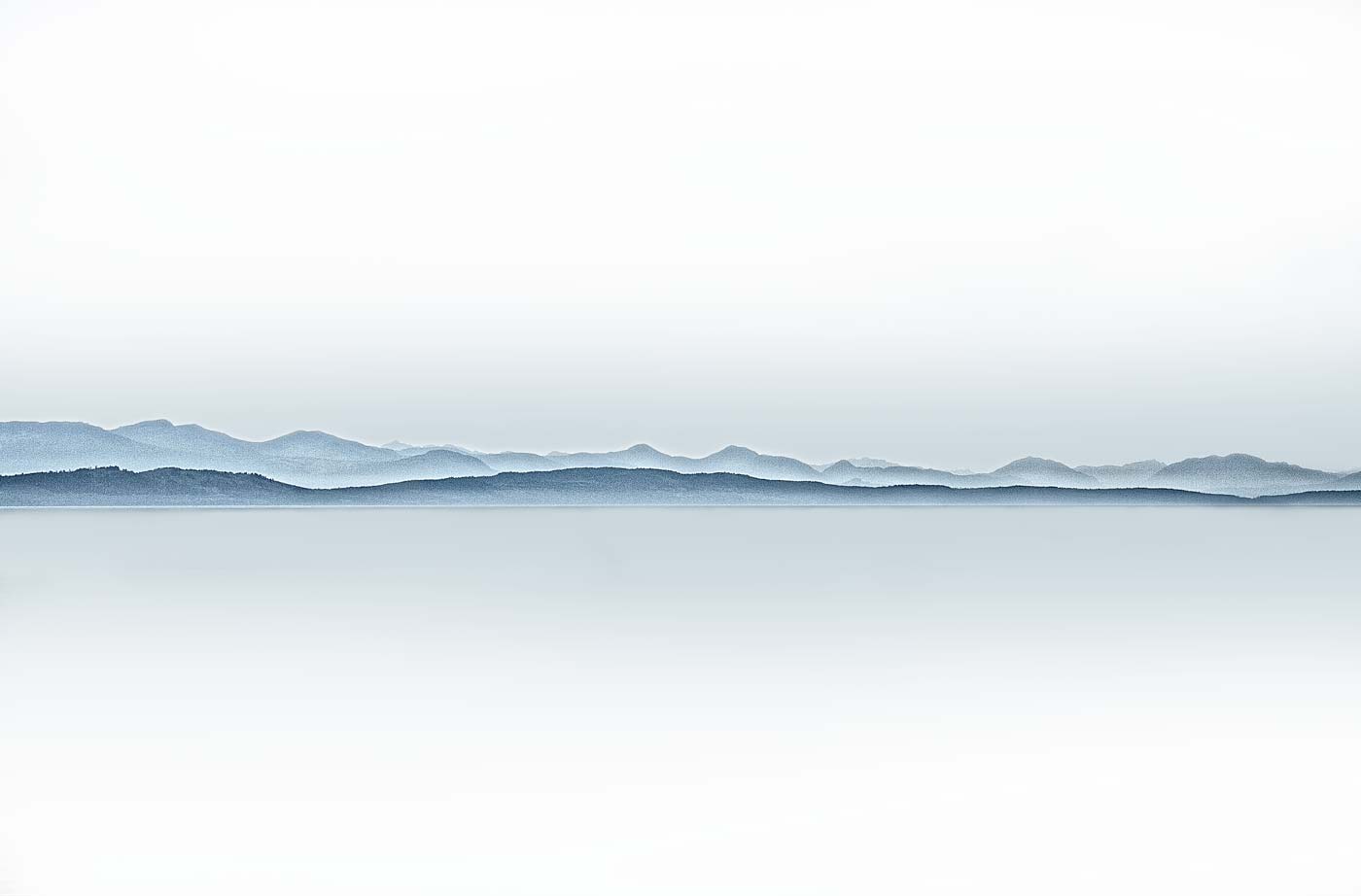This picture was on Kodachrome and came out as a color slide and it was beautiful. I took it with my Minolta A2. Since that time the odd picture here and there has come out equally amazing. But not very often. Generally my pictures were good because I followed some basic rules, but I never understood why some stood out so from the average picture I took.
This is the perfect RPRT photograph. I was on the deck of a cruise ship after dinner taking a stroll. I had my camera with me and this scene unfolded right in front of me. I didn’t intend to take a picture that evening. I did not expect a sunset. I had used the camera at dinner and was about to put it away. And this gift was given to me.
With countless millions of people in every corner of the world taking pictures, it only makes sense that some of those people will be in the right place at the right time and capture a wonderful picture. And our magazines, the internet, television are filled with these amazing pictures. And yet, the people who took them did nothing special except show up and raise the camera. But one good image does not make anyone a good photographer. It just makes them fortunate.
How then can we tell if a person is a “good photographer”, whatever that term may mean? Well, that is not very hard. You look at a portfolio of their work and see how often the magic happens for them. The portfolio tells the story.
First, you can see if they can take excellent images over and over, time after time. By looking to see if there is variety in their work you can tell if their talent is narrow or broad. And, where possible, when you can look at their finished prints you can asses how artistic they are. It is in their final product that the “art” is to be judged.
So that is what an RPRT photograph is. But what is the opposite? Well, Ansel Adams once said that “You don’t take a photograph, you make it.” It is something that a person sees, imagines, and then applies technology to give substance to the vision. The true photographer understands his technology and applies it to that which he sees in his mind. So it is not a matter of just snapping away in the hopes that “lightning will strike”. That may give rise to some nice pictures but it does not lead to art.
Lets look at some pictures and see where they lead us in this discussion.
This scene of clouds over the water I took in Positano several years ago. This is how it came out of the camera but modern image sensors tend to give dull images. The clouds that evening were really very lovely.
This image was definitely better. I was now even more intrigued with the line of mountains but I felt they needed simplicity and that the clouds and ocean were detracting from them. And so it was back to Photoshop and OnOne. I got rid of the clouds and water.
Photography is what a camera sees. Art is what a person does with a camera. The machine is to the photographer what the paint brush is to the painter. It is a tool only. The art comes from the head and heart and not from the machine.







